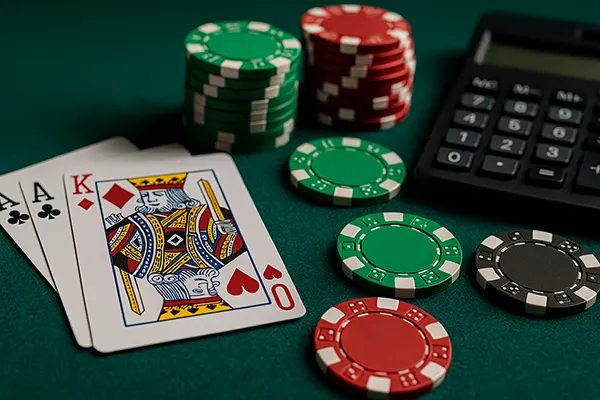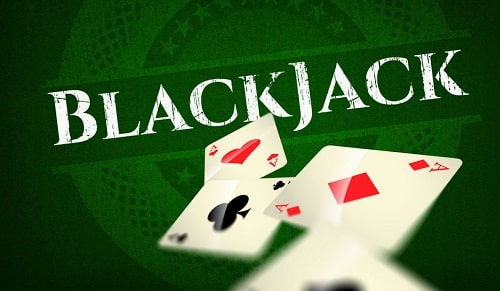
Mathematics in Poker: How Probabilities, Expected Value and Game Theory Guide Decision-Making
Poker is not merely a game of chance but a discipline rooted in mathematics, where strategic decisions are supported by precise calculations. By understanding probabilities, expected value and principles of game theory, players can transform uncertain situations into informed choices. In 2025, analytical thinking and mathematical reasoning remain the core skills distinguishing successful poker professionals from casual participants.
Probabilities and Hand Strength
Probabilities define the likelihood of forming a specific hand or facing a certain opponent’s holding. Every decision at the table is linked to statistical reasoning, whether calculating the odds of completing a flush draw or assessing the chances of an opponent holding a premium pair. This mathematical framework allows players to identify profitable spots and avoid unnecessary risks.
Modern poker tools available in 2025 provide real-time assistance in probability analysis. These applications calculate outs, pot odds and implied odds with remarkable precision, giving players an immediate overview of risk-to-reward ratios. Such insights prevent emotional decision-making and support consistent strategic play.
Importantly, probability knowledge is not limited to advanced professionals. Even recreational players benefit from learning the fundamentals, as understanding hand frequencies and outcome likelihoods reduces reliance on intuition and improves long-term results.
Practical Application of Probabilities
At the table, probabilities manifest in simple but critical calculations. For example, holding four suited cards on the flop gives a player nine outs to complete a flush. Knowing this represents approximately a 35% chance by the river directly informs whether calling an opponent’s bet is mathematically justified. Such awareness prevents costly mistakes.
Additionally, probabilities are crucial in bluff scenarios. A player evaluating whether to bluff must compare the likelihood of opponents folding to the potential loss if called. By grounding such decisions in numbers rather than instinct, the overall strategy becomes more resilient and profitable.
Beyond individual hands, probability-based thinking fosters a disciplined approach. Recognising that short-term outcomes may deviate from statistical expectations helps players maintain composure during losing streaks and focus on the accuracy of their decision-making process.
Expected Value and Long-Term Profitability
Expected value (EV) is the mathematical measure of the profitability of a decision over time. Every call, raise or fold carries an EV, which can be positive or negative depending on the potential rewards versus risks. Players who consistently choose actions with positive EV build long-term profitability, regardless of short-term variance.
In 2025, advanced solvers and poker software make EV calculations more accessible. These tools allow players to simulate millions of scenarios, highlighting the most profitable strategies against various opponent tendencies. As a result, professional players rely on EV analysis to refine their approach and gain competitive edges.
Understanding EV also prevents common psychological errors, such as chasing losses or overvaluing short-term wins. Players grounded in expected value appreciate that the quality of decisions, not immediate results, determines long-term success.
Examples of Expected Value in Action
A classic example of EV is calling with pot odds better than the chance of completing a draw. If the pot offers a 4:1 reward and the odds of hitting the winning card are 5:1, the call has a negative EV and should be avoided. Conversely, if the situation offers better odds than the risk, the call generates positive EV over time.
EV also extends beyond single hands. Tournament players analyse EV in terms of chip value, understanding that survival and position play vital roles in profitability. Decisions that may appear correct in cash games might not align with positive EV in tournament contexts, highlighting the adaptability required in poker strategy.
By adopting an EV-focused perspective, players can gradually eliminate guesswork, aligning their decisions with proven mathematical profitability. This principle has become central to professional training and coaching worldwide.

Game Theory and Balanced Strategies
Game theory optimises decision-making by considering not only probabilities and EV but also opponents’ potential responses. The central concept is the Game Theory Optimal (GTO) strategy, which ensures a balanced approach that is difficult to exploit. By mixing bluffs with strong hands and adjusting bet sizes, players maintain unpredictability and force opponents into mistakes.
In 2025, GTO-based solvers have advanced significantly, allowing players to study complex scenarios across multiple bet sizes and stack depths. While pure GTO play may not always maximise profit against weaker opponents, it provides a strong defensive baseline that ensures long-term stability and minimises exploitability.
Balancing mathematical precision with human intuition remains a defining skill. Successful players know when to deviate from GTO in order to exploit opponents’ weaknesses, but they rely on theory as a foundation to avoid being predictable.
Applying Game Theory in Real Play
One practical example is bluff frequency. Game theory dictates that in certain spots, a balanced player must bluff a specific percentage of the time to prevent opponents from folding too often. This prevents predictability and keeps the opponent guessing, even when the player holds strong value hands.
Another area is bet sizing. GTO strategies recommend specific proportions of the pot to achieve balanced ranges. Consistently applying these sizes creates a structure where opponents cannot easily identify whether a player is bluffing or holding a premium hand.
Ultimately, game theory empowers players to think beyond single outcomes. By considering the entire strategic framework, they adopt approaches that remain effective against a wide variety of opponents, ensuring long-term resilience in both live and online settings.



